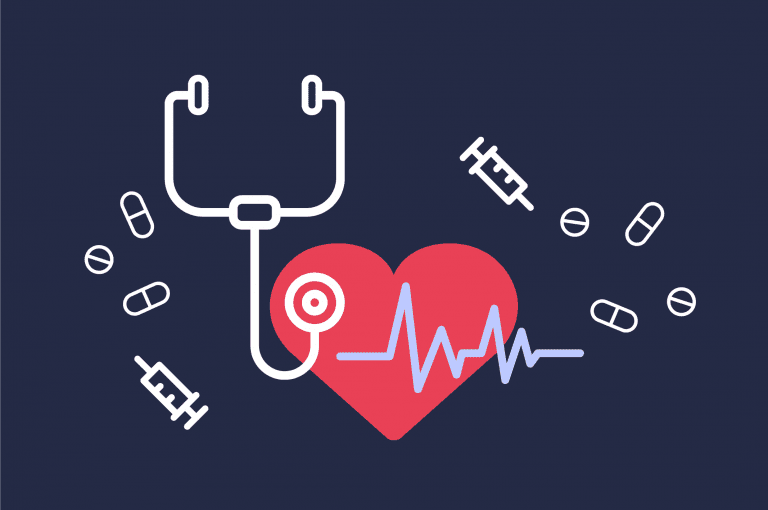Foods to avoid to reduce your risk of high blood sugar
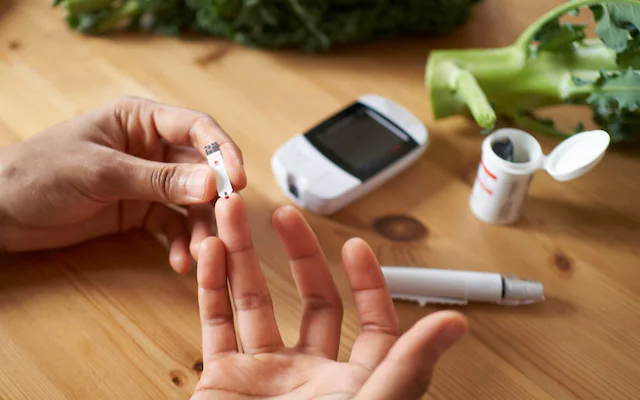
Foods to avoid to reduce your risk of high blood sugar Managing diabetes is about more than medication and glucose monitoring At its core, it’s about daily food choicesThe wrong foods can trigger blood sugar spikes, worsen insulin resistance, and increase the risk of heart disease and stroke The right foods, on the other hand, stabilize glucose, support weight management, and improve overall health.
More than 11% of U.S. adults live with type 1 or type 2 diabetes, and around 35% have prediabetes. For these individuals, knowing the foods to avoid with diabetes is just as important as knowing which foods to include.
This article explores the worst foods for diabetes, why they are harmful, and what healthier swaps you can make.
Foods That Raise Blood Sugar Carbohydrates to Limit
Carbohydrates provide energy, but they also have the strongest impact on blood glucose Not all carbs are bad — fiber-rich whole grains, fruits, and legumes are beneficial. The problem lies with refined carbs.
Refined Carbs and Diabetes
Refined carbs are stripped of fiber and nutrients during processing, which makes them digest quickly and cause sharp glucose spikes.
Examples of refined carbs to avoid or limit include:
-
White rice
-
White bread
-
White pasta
-
Sugary cereals
-
Crackers made with refined flour
-
Pastries and baked goods
Better choice: swap for whole grains like brown rice, quinoa, oats, or 100% whole wheat bread, which digest more slowly and keep you fuller longer.

Sugary Foods and Beverages
Sugary foods provide empty calories and can dramatically raise blood sugar levels. They also contribute to weight gain, insulin resistance, and cardiovascular risks.
Sugary foods to limit with diabetes:
-
Cakes, cookies, doughnuts, and croissants
-
Candy bars and chocolates with added sugar
-
Premade fruit-flavored yogurts
-
Condiments like ketchup and sweet sauces
-
Syrups, honey, and agave nectar
-
Sweetened juices and dried fruit with added sugar
Hidden sugars on labels may appear as: fructose, molasses, dextrose, or fruit juice concentrate.
Better choice: opt for whole fruit, plain Greek yogurt, and naturally flavored sparkling water instead of sweetened alternatives.
Protein Sources to Avoid Processed and Fatty Meats
Protein is essential for muscle repair and energy, but some sources carry risks. Many processed meats and high-fat animal proteins are loaded with saturated fat and sodium, which can raise cholesterol and worsen cardiovascular health — a big concern for people with diabetes.
Protein foods to limit with diabetes:
-
Processed meats: bacon, hot dogs, deli meats
-
Fried or breaded chicken and fish
-
Ribs, sausage, and other fatty cuts of red meat
-
Poultry with skin
-
High-sodium jerky and cured meats
Better choice: lean proteins like skinless chicken breast, turkey, fish, tofu, beans, lentils, and eggs in moderation.
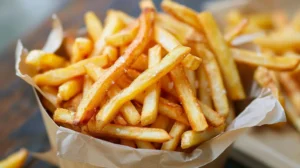
Fats That Worsen Insulin Resistance
Fat isn’t the enemy — healthy fats like omega-3s are vital for the heart and brain. The problem comes with saturated and trans fats, which contribute to high cholesterol and increase the risk of heart disease.
Foods high in saturated fats to limit include:
-
Butter and lard
-
Palm oil and coconut oil in excess
-
Full-fat mayonnaise and creamy dressings
-
Potato chips and fried foods
-
French fries, onion rings, and battered meals
-
Fast food burgers and pizza
Better choice: use olive oil, avocado, nuts, seeds, and fatty fish like salmon or mackerel. These fats can improve insulin sensitivity and reduce inflammation.
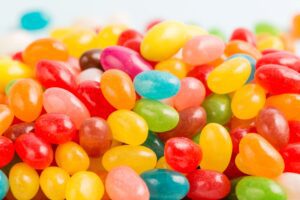
Alcohol and Diabetes A Risky Mix
Alcohol can lower blood sugar dangerously or, in sugary cocktails, spike it. It also interferes with how insulin works.
Drinks to limit or avoid include:
-
Beer (high in carbs)
-
Sweet cocktails with mixers like soda or juice
-
Dessert wines
-
Sugary ciders
The CDC recommends moderation: up to 1 drink/day for women and 2 drinks/day for men. But the WHO states there is no safe level of alcohol, making abstinence the safest choice.
Better choice: sparkling water with lemon, unsweetened tea, or zero-calorie flavored water.
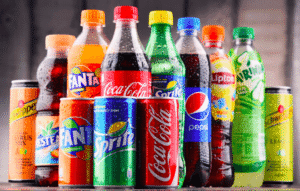
Quick List Type 2 Diabetes Foods to Avoid
Here’s a high blood sugar foods list for quick reference:
-
White bread, rice, and pasta
-
Cakes, cookies, candy, and sweetened yogurts
-
Sweet sauces, syrups, and flavored condiments
-
Bacon, hot dogs, sausages, and deli meats
-
Fried or breaded meats and seafood
-
Potato chips, fries, and packaged snack foods
-
Burgers, pizza, and most fast foods
-
Beer, sweet cocktails, and sugary beverages
Healthy Alternatives Building a Balanced Diabetes Diet Plan
Instead of focusing only on restrictions, build a diabetes diet plan around foods that stabilize blood sugar:
Whole carbs: oats, quinoa, barley, lentils, beans
Lean proteins: chicken, turkey, fish, tofu, legumes
Healthy fats: avocado, nuts, seeds, olive oil
Non-starchy vegetables: broccoli, spinach, peppers, zucchini
Low-sugar fruits: berries, apples, pears, citrus
This approach supports diabetic meal planning that keeps blood sugar stable while reducing cravings.

How People with Prediabetes Can Benefit from Diet Changes
If you’ve been diagnosed with prediabetes, diet changes can help prevent progression to type 2 diabetes. Research shows that even modest weight loss and dietary adjustments reduce risk dramatically.
Prediabetes diet tips include:
-
Swapping refined carbs for whole grains
-
Reducing sugary beverages completely
-
Limiting red and processed meats
-
Choosing fiber-rich foods to slow glucose absorption
-
Incorporating regular exercise alongside diet changes
Taking Control of Blood Sugar Through Food
There’s no single “perfect” diabetes diet plan, but avoiding or limiting certain foods makes a huge difference. The biggest culprits are refined carbs, sugary foods, processed meats, unhealthy fats, and alcohol.
By replacing these with whole foods, lean proteins, healthy fats, and fiber-rich options, you take control of your blood sugar, improve heart health, and lower your risk of complications.
Managing diabetes is about balance, consistency, and awareness. The more you know about the worst foods for diabetes, the easier it becomes to create a sustainable, nourishing diet that supports long-term health.

